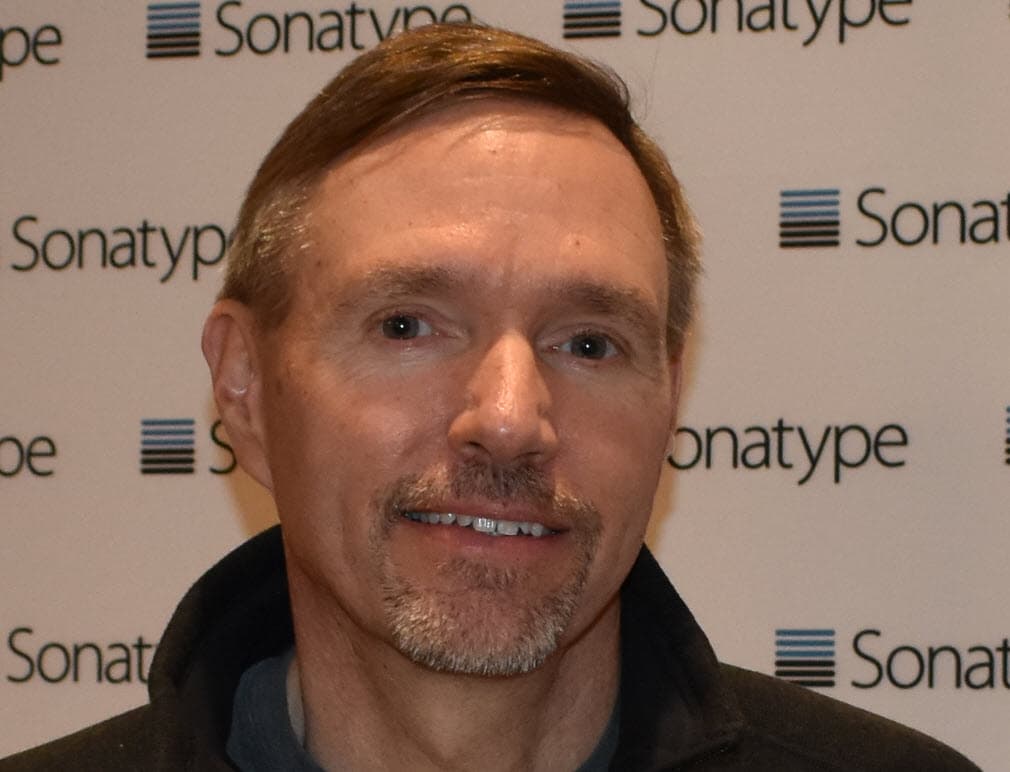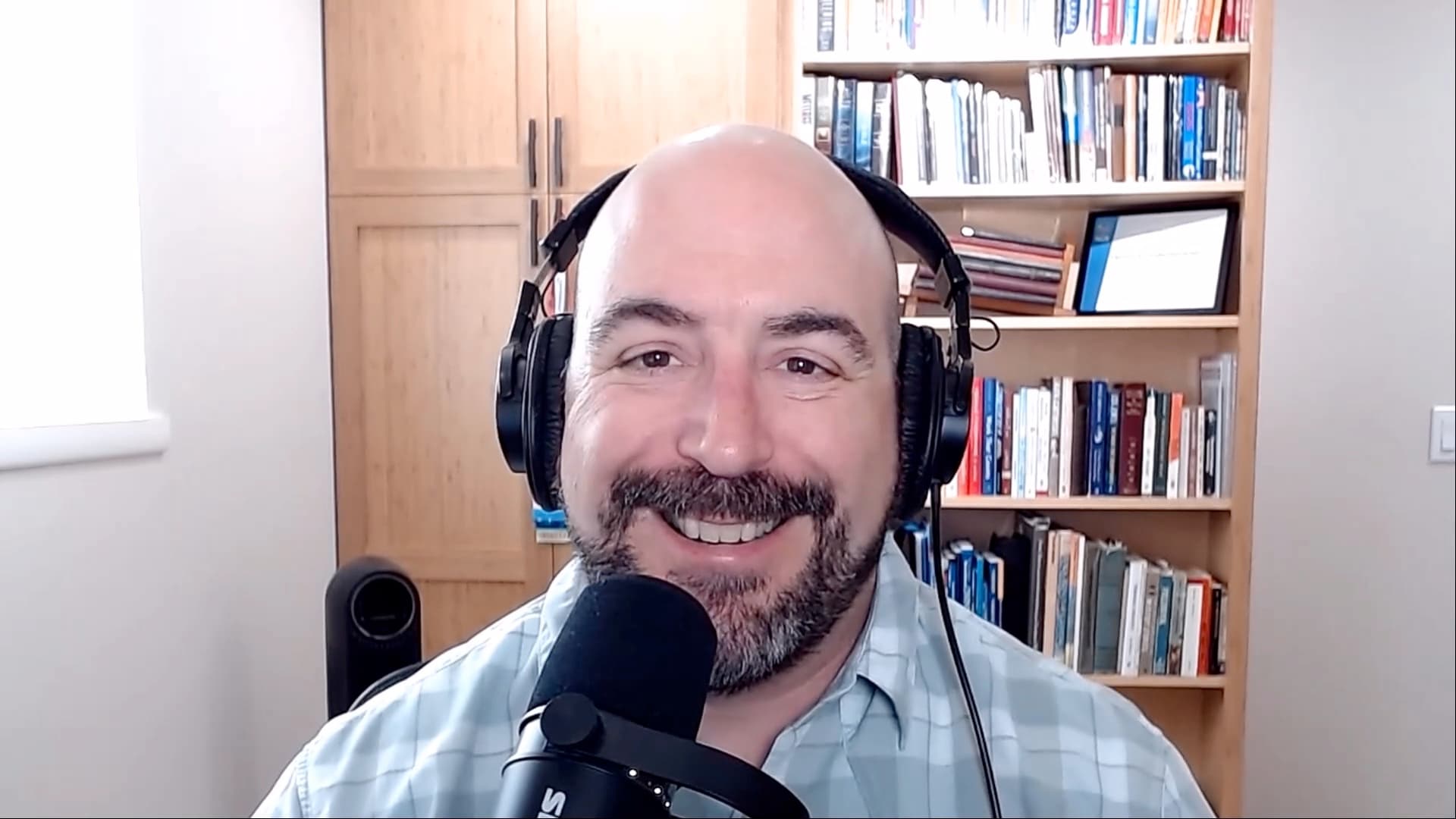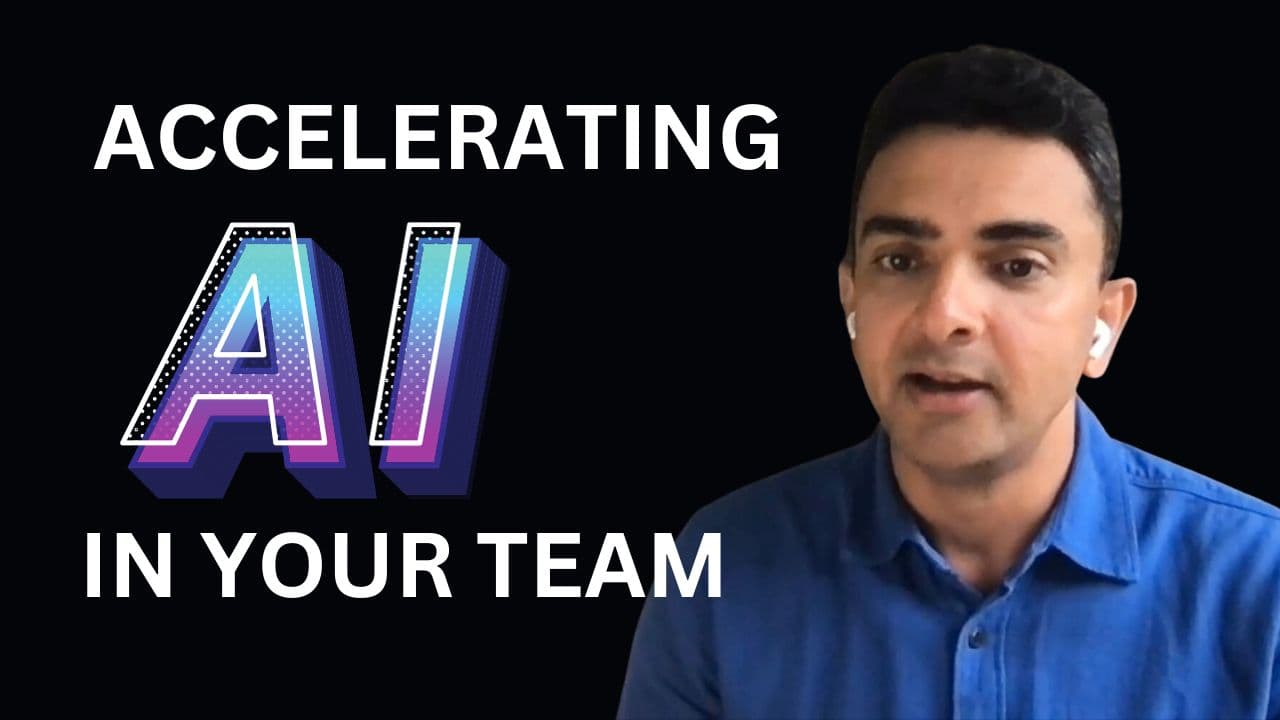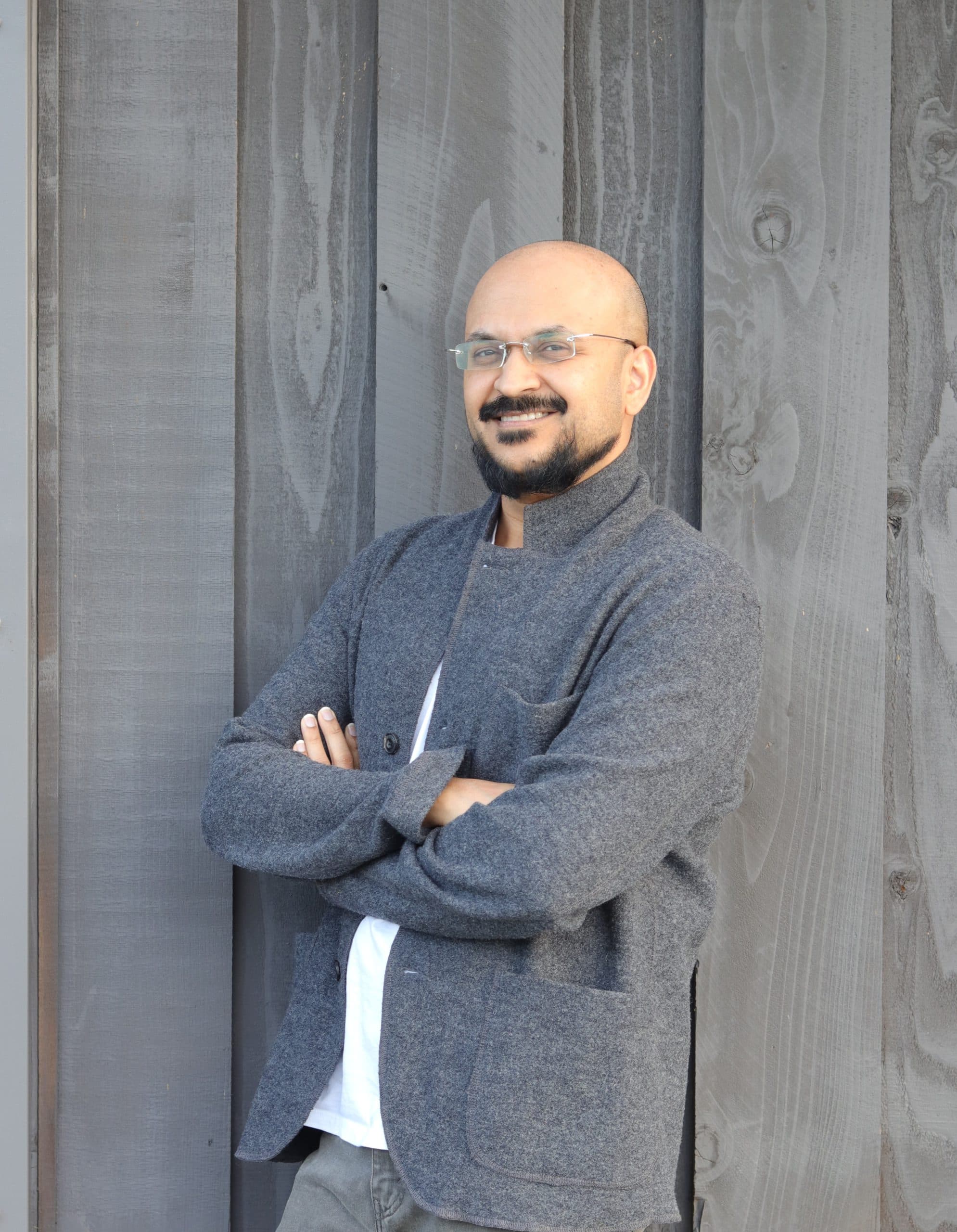Interview with Mike Hansen, Head of Product Development and Engineering for Sonatype
Published on Feb 14, 2018
7 min read


Location: Washington, DC area (Northern Virginia to be specific)
Current Role: Head of Product Development and Engineering for Sonatype, a maker of tools and solutions for software development
What’s your background and how did you get into management?
I was an individual contributor for the first 10 years of my career. I loved writing software, especially network software, wrangling with complex problems in pursuit of the simplest possible solutions. While I was a good (not great) software developer, I suspected I might be a better leader. Being an individual contributor, I was often frustrated with the environments within which I typically had to work, not being effectively supported, not knowing what was expected of me and not necessarily having what I needed to be successful. I sensed there had to be a better way and told myself if I was ever given the opportunity to lead, that I would turn the model upside down, putting the individual contributors first and focus relentlessly on supporting them.
When I did finally move into a management role, this paradigm shift was a surprisingly effective device for me – and still is to this day. It leads to better team engagement and effectiveness. This certainly wasn’t original thought at the time, but it was not pervasively applied either. Emboldened by this early success, I’ve been iterating ever since. Excellence in leadership is a lifelong journey.
What are the biggest challenges you face?
We have been materially scaling our fully remote organization, roughly doubling in the last year and a half. This degree of change and the adaptations required are always challenging. We also strive to provide new opportunities to existing people before resorting to hiring, and many of these have been leadership roles. Moving from individual contributor to supporting individual contributors is a huge shift. Thankfully, we’ve also matured our ability to effectively support these leaders, many of which are new to the discipline.
The remote organization is not a path well traveled, though the advantages of this design have more than offset the learning we’ve faced. As we scale, we need to ensure the right information is flowing effectively to the people that do the real work – the individual contributors. This is a work in progress currently, and while plenty of great work is being done, I know we must continue to improve communication to fully unlock our potential.
What is your approach to hiring?
We started with a few fundamental principles considering our fully remote organization, with everyone working from home. We have remained true to these for the six plus years I have been at Sonatype. They resulted in extremely high success rates from the start, and the evolutionary refinements we have made since then have been to improve efficiency. This has benefitted both the candidates and everyone that participates in the recruiting process from Sonatype. The basic tenants of our hiring practices are:
- The interview team selects one of three discrete ratings after an interview : -1, 0, +1 – “no”, “some doubts”, “yes” respectively – Often a rating of 0 is moved to a +1 but I do not think I’ve ever seen a -1 move all the way to +1.
We require the unanimous consent of the interview team. Everyone must be +1, which only happens when all doubts have been removed. ALL DOUBTS. - A spectrum of disciplines are involved in the process. This provides candidates with a good perspective of who we are in addition to creating a diversity in the line of questioning during interviews.
- Candidates that get past initial checkpoints coordinate their own interviews. Surprisingly, this has filtered out more people than I initially expected.
- There must be enthusiasm for the candidate. This subjective assessment is surprisingly important. Interviewing is like dating. Once someone is hired, the honeymoon is over.
As we scaled, we added in a technical screening after our internal recruiting team has done a preliminary screen. We also added a “take home” test after the technical screening. Both of these, along with changes in the overall sequencing of recruiting steps, have led to material improvements in the efficiency of the overall recruiting process.
What’s your advice for managers who are just starting out?
An abridged bullet point synopsis:
- You will make mistakes, probably a lot of them. Learn from them and habitually put your team ahead of you. Then they will give you plenty of chances to learn.
- Realize from day one that it no longer matters how much work you do or are able to do. All that matters is how effectively you equip the team that you have the privilege to lead.
- Understand why the measure of your success is now a function of the work products of your team and not you (thanks, Andy Grove).
- There is no recipe that you can follow to be the perfect manager. The domain is entirely too complex, given we are dealing with a bunch of mostly irrational, sometimes rational humans. Keep adding tools to your toolbox, learn which tools work best and figure out how best to apply them for different types of problems.
- Find a mentor that understands Taylorism and the long shadow it casts is the bane of the knowledge worker.
- Hire people that are better than you for the roles you are filling. If you look around after a while and see people that aren’t better than you, then you are the walking definition of a B player, who is now “leading” a bunch of C players.
- Learn the different leadership styles and approaches. Figure out where you are strong and where you are weak. Effectively leverage your strengths but also bolster your weak spots. All carrot and no stick doesn’t work over the long term. All stick and no carrot just doesn’t work.
- Plan to read a lot on leadership and management. Excellence here requires continual investment.
Whats your work day like and how do you manage your time, emails, etc.?
Despite having a fair amount of organizational responsibility, I routinely remind myself that my job is to support people. I certainly establish key organizational goals and get everyone rallied in their pursuit, but these things require only a sliver of my time. The majority of my time must be focused on ensuring everyone has what they need to pursue their more specific goals, that the design of the organization is working well. To ensure everyone is rowing in the right direction, I vigilantly observe and listen, occasionally asking questions, sometimes nudging folks – often by asking probing questions. Thankfully, the number of true emergencies or crises that require my direct engagement is very low. In such rare circumstances, I dig in and get my hands (a little) dirty, sometimes making decisions that might feel imposed given our decision making is pushed as far into the organization as possible.
The engineer in me wants to take action and solve problems, but I stay out of the way whenever appropriate. I know the people within the organization are the real pros, doing what they do best, and they don’t need me meddling. It might even look like I don’t actually do that much despite what I’m ultimately responsible for. I don’t! That is key. Assuming course and speed are right, I just look for places where my help is going to be the most beneficial. There are plenty.
What’s a personal habit that contributes to your success?
I didn’t realize it until I read Tasha Eurich’s recent article about self-awareness on HBR, but I tend to ask “what” more than “why”. Instead of, “Why is this thing going off the rails?” it’s much better to ask, “What do we need to do to get this back on the rails?” As Tasha notes, the typical human inclination is to ask “Why?” and it tends to delay getting on the path to progress. “What?” leads to a bias for action versus analysis.
Share an internet resource or tool that you can’t live without.
This perhaps isn’t novel, but Google’s G Suite certainly fits the bill. With our fully remote work environment, the combined synchronous and asynchronous collaboration this platform enables provides extraordinary benefit. I’ve witnessed situations where we were on a short timeline to release a high-profile application security advisory to customers and users. We had 10 or more people simultaneously fleshing out the content, very quickly, very effectively. It was like watching a time-lapse video of a sculptor at work.
If you could recommend one book to managers, what would it be and why?
David Marquet’s “Turn the Ship Around” is a recent favorite. There might be some bias given my Navy experience with the broken command and control culture I suffered that Marquet confronted head-on, with incredible courage. This book is now (basically) required reading here at Sonatype because in dealing with complex domains, the book crisply explains that to be most effective, EVERYONE must lead.
Where can we go to learn more about you? (LinkedIn, Twitter, Github, etc.)
The posts I have published on LinkedIn provide a good feel for how I think about leadership and organizational design. My twitter handle is @mah0526.
This series asks engineering managers to share their experiences with the intent of helping other engineering managers learn and improve. Have someone you want to see featured or questions you think we should ask? Contact me.





